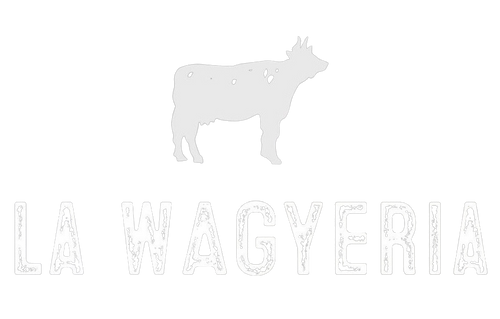When it comes to beef, the cut of meat can make all the difference in terms of tenderness and flavor. Beef cows are split lengthwise into two halves and then broken down into eight large sections called primals. From there, butchers cut smaller, consumer-sized cuts that vary in tenderness and taste. In this guide, we will explore the different beef cuts and how they impact tenderness, so you can make an informed decision the next time you're at the butcher shop or grocery store.
Understanding Beef Cuts:
Beef cuts are divided into eight primal sections, each with its unique characteristics and uses. These primals include the chuck, rib, loin, round, flank, short plate, brisket, and shank. Each primal is further broken down into smaller cuts, which are classified as either tender, moderate, or lean.
Tender cuts come from the most exercised muscles, which are located in the cow's back and ribs. These cuts are typically more expensive due to their tenderness and flavor. Moderate cuts come from the muscles that are used less frequently, such as the shoulder and sirloin. Lean cuts come from the least exercised muscles, such as the round and shank, and are typically less tender but leaner.
The Impact of Tenderness on Cooking:
Tenderness is a crucial factor when it comes to cooking beef. Tender cuts, such as ribeye and filet mignon, can be cooked to a higher temperature without becoming tough. Moderate cuts, such as New York strip and sirloin, should be cooked to medium-rare to medium temperature to ensure tenderness. Lean cuts, such as round and shank, should be cooked to a lower temperature and sliced thinly against the grain to improve tenderness.
Choosing the Right Cut:
When choosing a beef cut, consider the following factors:
- Intended use: If you're looking for a roast or steak that will be the centerpiece of your meal, choose a tender cut. If you're looking for a cut to use in a stew or slow cooker, choose a moderate or lean cut.
- Cooking method: Tender cuts are best suited for grilling, broiling, or pan-searing, while moderate and lean cuts are better suited for braising or slow cooking.
- Budget: Tender cuts are typically more expensive than moderate or lean cuts. If you're on a budget, consider choosing a moderate or lean cut and using a slow cooking method to improve tenderness.
Conclusion
Understanding beef cuts and their tenderness is essential for any beef lover. By knowing what general part of the cow a steak or roast is coming from, you can make an informed decision about which cut to choose and how to cook it. Whether you're looking for a tender, flavorful steak or a lean, budget-friendly cut, there's a beef cut out there for you. So next time you're at the butcher shop or grocery store, use this guide to help you choose the perfect cut for your next meal.

